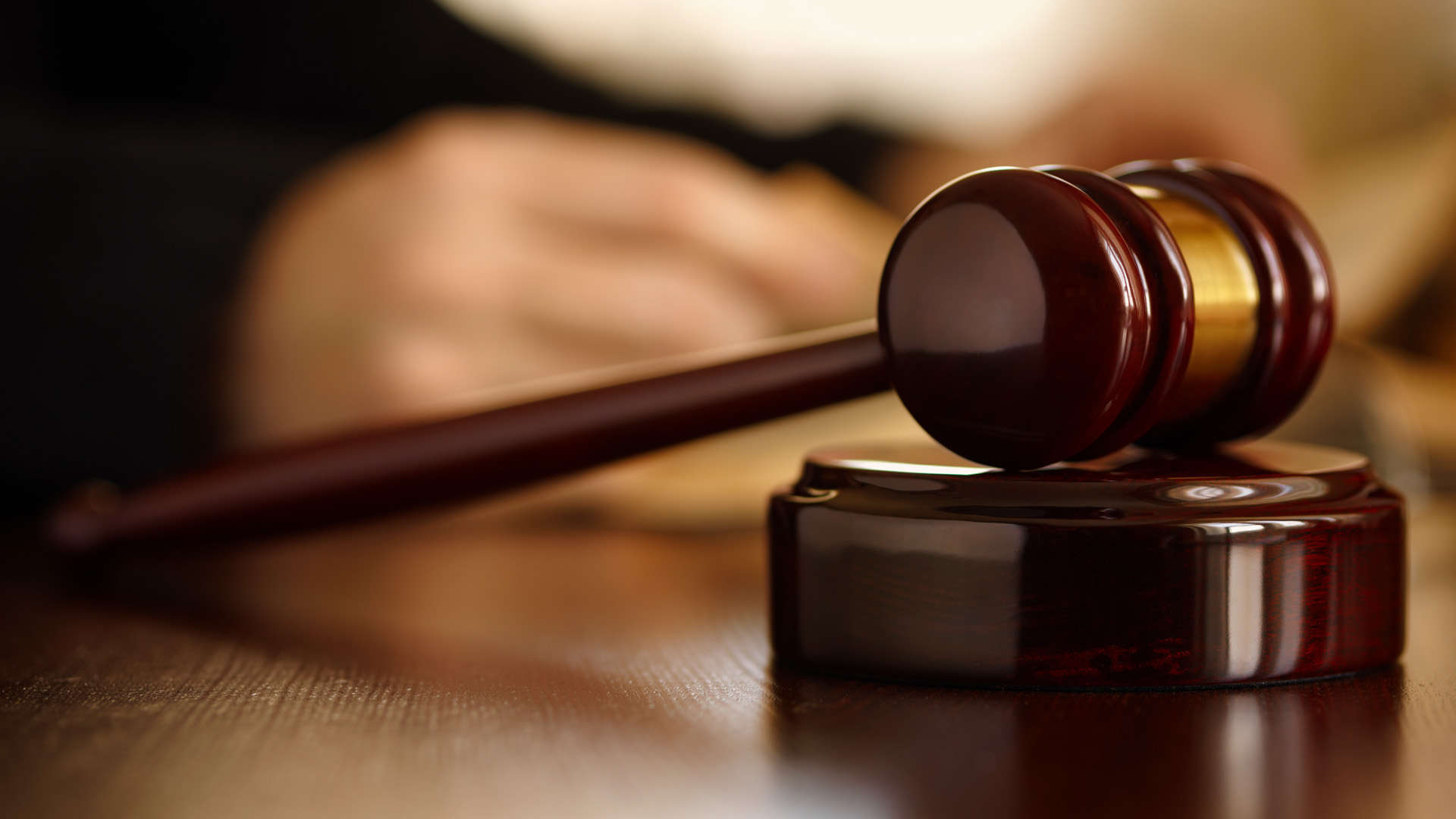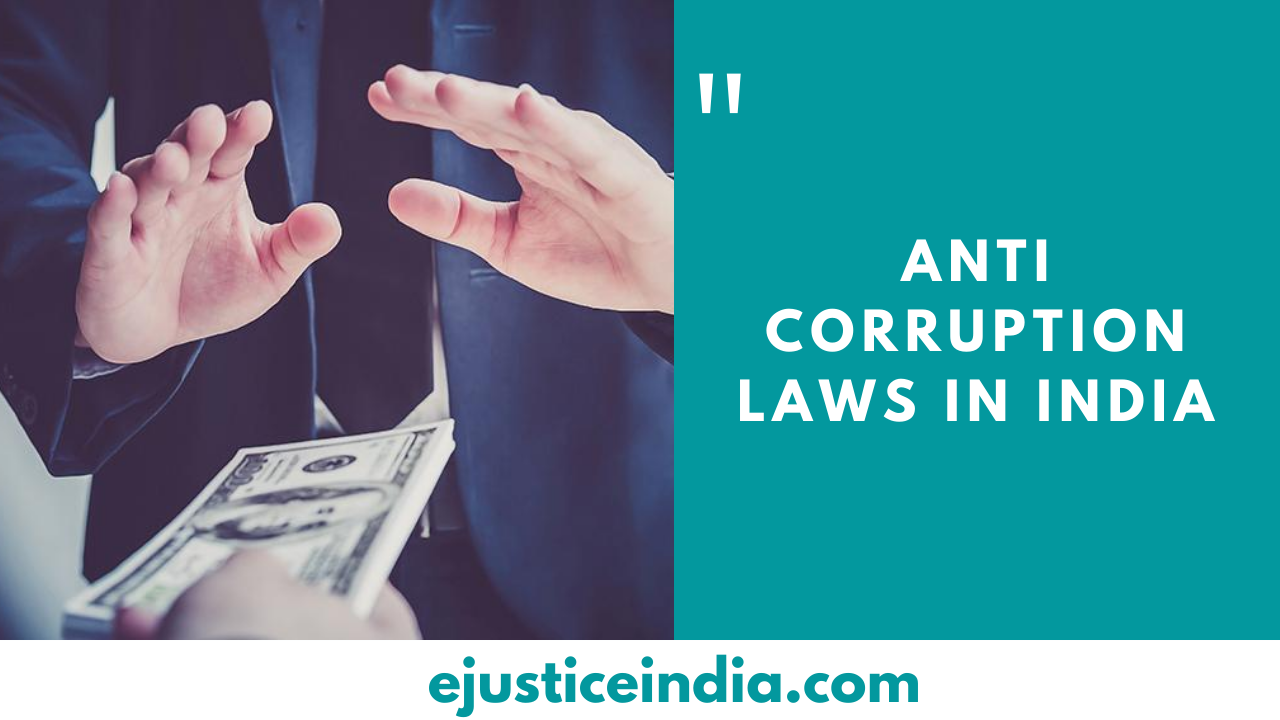VIRTUAL COURT TRIAL ANODIC TESTIMONY AMID NATIONWIDE LOCKDOWN
Author :- Richa Kumari
The spread of Coronavirus pandemic and the nationwide lockdown has highlighted the pressing need for large- scale adoption of technology to conduct judicial proceedings. On 30 January, 2020 World Health Organization, identified COVID-19 as a “public health emergency”. As a consequence, a complete nationwide lockdown was declared by our PM. The unprecedented crisis caused by the Coronavirus and Lockdown has prompted the Supreme Court and various High Courts to conduct judicial proceedings online to deal with the crucial legal matters. The COVID-19 pandemic has disrupted the justice delivery system a lot arising the need of such steps to be taken. This article is centred on pros and cons of a online court hearing after the Coronavirus pandemic and whether this will act as a catalyst to enable the digitization of the Indian judicial system or whether it is going to take place open court hearings in near future.
Mechanism and Precepts of Virtual Court
The literal meaning of virtual court method, a courtroom created by video links between police custody suites and a magistrate’s courtroom together with an electronic file sharing mechanism to which all relevant parties have access. During the period of the outbreak of the COVID-19 pandemic, the Supreme Court, on 06th April 2020, passed the guidelines for the conduct of court proceedings across the country via video conferencing. Interestingly, in a deviation from regular practice, on 07th April 2020, the High Court of Telangana passed directions for conduct of hearings via video-conferencing in the state during the period of COVID-19 lockdown, on 08th April 2020, the Bombay High Court issued special directions in connection with live-streaming of matters.
As the principle of open court is already finds its origins in 1215 Magna Carta. The portion of clause 40, laid the muse stone for open courts, that not only the right of litigants to have their case resolved by Court, however also the right to attend legal proceedings. As in our law system, concept of ‘Open Court’ is mentioned in Article 145(4) of the Constitution; and Section 327 of the Code of Criminal Procedure, 1973.
Dimensions to Susceptible and Candid Justice System
“Sunlight is the best disinfectant”. These are the words of Justice D.Y. Chandrachud stated within the case of Swapnil Tripathi v. Supreme Court of India. In 2017, petitions were filed before the SC seeking for the declaration that Supreme Court case proceedings of constitutional importance having an effect on the general public at large. Petition sought concerning Court to enable the future determination of cases to be available for live streaming.
The Judgment has positive dimensions regarding concepts of Open Justice, access to public information and transparency in the judicial process. But the Court said that this right should not be absolute. Court provided certain guidelines which should govern the courts’ discretion on when such broadcast should be used. While deciding the case a number of cases have been referred which highlighted the importance of open courtrooms in assisting the dissemination of information, for example Life Insurance Corporation of India v. Manubhai and Mohd. Shahabuddin v. State of Bihar. Olga Tellis v. Bombay Municipal Corporation case has referred which had reiterated the value of a hearing by emphasizing the principle that “justice must also be seen to be done”.
There are certain challenges regarding conducting online proceedings. As it is not possible to make accessibility of justice to all. As data suggest that till 2017, nearly 72% of the population does not have any access to internet. TRAI’S DATA recognizes the unevenly distribution of internet connection as urban India has a high rate of subscriptions, rural India that stands only at 27.57of subscriptions per 100 people in 2019.
Challenges and Issues in virtual court proceedings
There’s also a huge gap in connectivity between states depending on their network infrastructure as while Delhi and Mumbai assert about 2.20 crore and 1.5 crore Internet connections respectively, but other part of the country like North-East region has only about 4.3 lakh connections. Even there is majority of citizens who would continue to suffer due to lack of basic infrastructure. Still High Courts across the country face shortage of IT infrastructure. To make such drastic technological advancements in practical, there should be exhaustive digital literacy and training of all judicial officers, advocates, and other court staff related to all the procedure including those in charge of filing and presenting files before the appropriate court. It is too far to imagine that every person involved in the justice system at all levels will be able to learn by themselves and adopt to the new medium within days or weeks.
Other challenges are regarding demeanour of witnesses and false evidence. As when a person is physically present particularly during cross examination, it leads to discovery of truth easier as it can serve important expressive functions. John Henry Wig more, a stalwart on evidence law, once said that “cross–examination is the greatest legal engine ever invented for the discovery of truth”. An inability to cross-examine properly may leads the more increase of risk of error.
Threat of identity theft by either party or even by a third party is a challenge regarding this. In standard practice, litigants typically identify themselves before their counsel prior to filing anything before the courts and the counsels are required to identify their clients. In non-virtual proceedings, hearings are still held in court before a judge, so it is more difficult to steal another’s identity. But this concern increases when more activity is conducted online, without human supervision.
As per Lawyers opinion, in virtual court they are facing various problems related to proceedings that are from sending a PDF file of their applications to address their arguments through video link.
Along with intellectual knowledge, Internet connection, IT infrastructure, and availability of resources to every common are important tools that can’t be neglect for the well proof mechanism of this online court hearing. It is not going easy to adopt this mode. As it needs a planned changes and hard preparation. “Provide Justice to the aggrieved person” is the ultimate goal of the entire judicial system, adoption of any system can’t effect it in any way.
Avenue of Changing Justice as Prone to Modifying Transition
It is clear that due to coronavirus crisis and lockdown the future of the Indian legal system will see many changes in judicial proceedings, most significantly, the adoption of virtual courts for conducting proceedings. A coin has two faces, similarly system of online proceedings has pros as well as cons. As positive point of view the likelihood of video-conferencing is expected to stay with Judges noticing its time-saving potential and ability to fast-track cases. The digital transformation of the judiciary has important implications for clearing the significant backlog of cases which the judiciary is burdened with. It will make justice accessible, available and affordable to a large section of the population and help in overcoming physical and logistical barriers which prevent many litigants from seeking justice.
It is the work of praise for such quick adoption of virtual courts by the Apex Court and few High Courts, but video conferencing raises some serious and complex concerns. It is not going to easy encounter problems especially when majority of the citizens do not even have simple access to internet or any form digital literacy. The Court should need sufficient infrastructure to adopt virtual courts fully to cater to the citizenry. Of course, there are many hurdles to be crossed in terms of infrastructure and technology networks, privacy and confidentiality, and most importantly, changing people’s mind-sets. Here a lot of drastic changes will required like proper training and awareness, a user-friendly technology platform, better connectivity and strict security protocol. Virtual courts will speed up timelines, increase efficiency of work processing of court, reduce costs for litigants and take care of the bulk of work which burdens the judiciary. A combination of virtual and physical courts will proof cornerstone to define the judiciary moving forward.
Virtual Courts is not going to take place of traditional court proceedings. As Supreme Court judge and e-committee Chairman Justice D Y Chandrachud said “virtual courts cannot replace open court hearings. Open court hearings constitutes the spine of the judicial system. But it is the need of pandemic crisis that warranted reliance on technology and it would continue to play a major role in speeding up justice dispensation.”
Conclusion
By concluding this concept, Virtual courts and online hearings will become a permanent part in future. This means it will make judicial system very effective and accessible in upcoming future. It will a good step for judiciary to opt combination of physical and virtual hearings. This doesn’t mean that physical courts will completely vanish or virtual courts are going to take place of open court hearings. But the future scenario will be different where virtual and physical courts is going to co-exist, with technology transforming the entire judicial process.



Like!! I blog quite often and I genuinely thank you for your information. The article has truly peaked my interest.
I am so grateful for your blog article.Thanks Again. Much obliged.